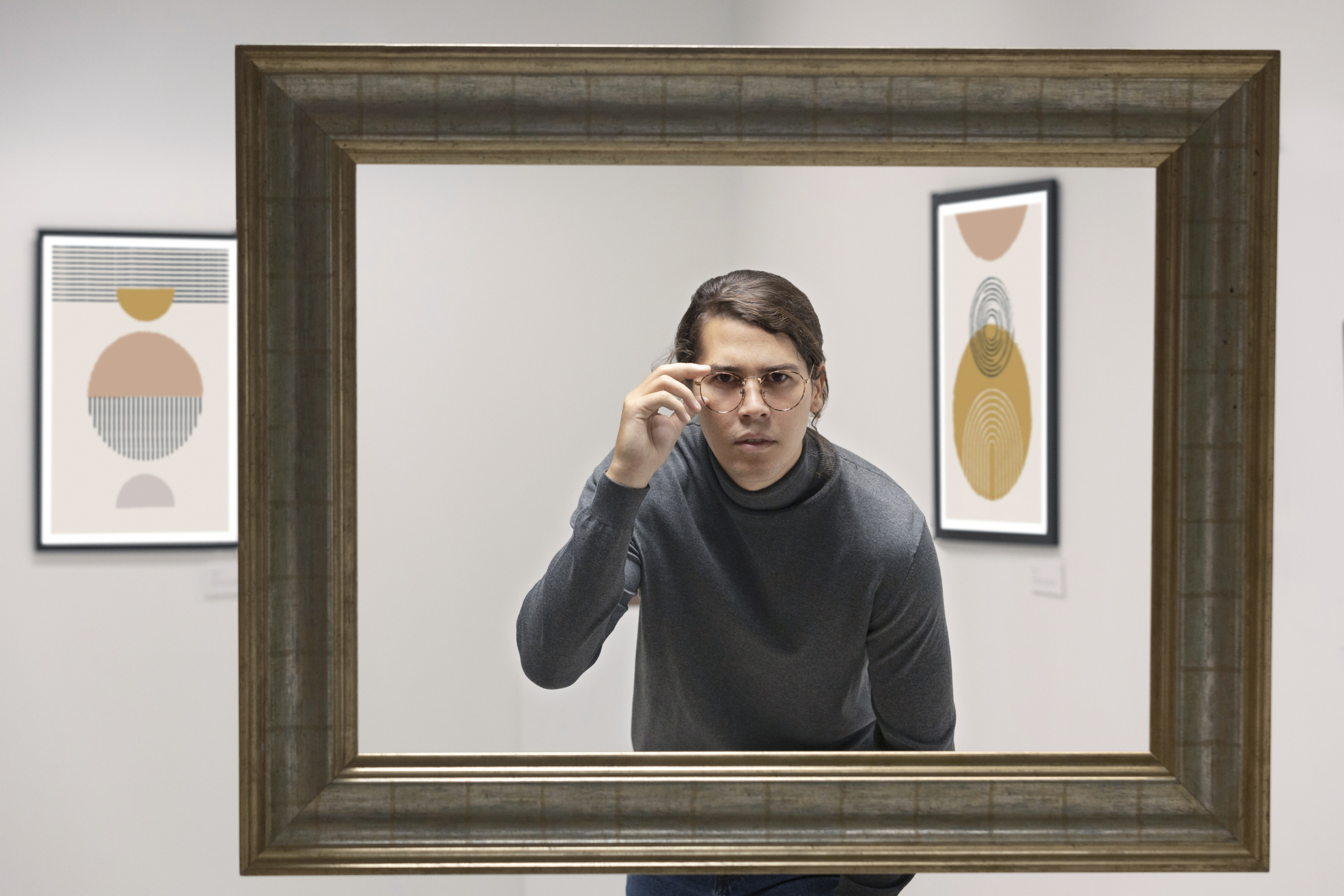Shinji’s Chair: The Meme That Became a Mirror to Modern Existentialism
There’s a meme that’s been circulating the digital world for a while now—a simple image of Shinji Ikari, the reluctant protagonist of Neon Genesis Evangelion, slumped in a chair. It’s a moment from the iconic anime, where Shinji’s posture perfectly encapsulates his inner turmoil: isolated, uncomfortable, and overwhelmed by the weight of the world. But somewhere along the way, this image—this Shinji chair—transcended its original context, evolving into a meme that’s part visual commentary, part cultural critique.
Let’s talk about why a character sitting in a chair, doing nothing more than contemplating his own sadness, became so universally relatable. What does Shinji’s chair pose say about us?
For the uninitiated, Neon Genesis Evangelion is a series that’s always had a complicated relationship with its viewers. The show is a deconstruction of the traditional mecha anime genre, and at its core, it’s a psychological exploration of its characters’ fears, traumas, and anxieties. Shinji, the protagonist, is a deeply flawed, passive character who often feels like an unwilling pawn in a much larger game. His existential struggles, his apathy, and his inability to connect with others make him the perfect avatar for a generation grappling with similar feelings of alienation.
Now, let’s zero in on that chair.
The meme, often paired with captions like “Shinji in chair” or “Shinji sitting in his chair contemplating existence,” taps into something that’s become almost ubiquitous in modern life: the overwhelming sense of paralysis. In an age of information overload, economic uncertainty, and cultural fragmentation, it’s easy to feel like we’re all just sitting in chairs, watching the world pass us by, unsure of how—or if—we should engage with it. The Shinji chair meme is a metaphor for our collective state of existential disillusionment.
Why is Shinji sitting in that chair? Because sometimes, there is no action to take. Sometimes, the world feels so overwhelming that the only option is to sit there, to exist, and to hope that something—anything—changes. In a society where we’re told to constantly hustle, achieve, and perform, Shinji’s inertness becomes a radical act. He refuses to comply with the expectations placed upon him, refusing to become the hero the world wants him to be.
And in some ways, it’s this refusal that resonates with so many. We live in an era where mental health struggles are being more openly discussed, yet the pressure to do remains ever-present. The Shinji chair meme captures that tension. It’s an image of frustration with the world, an image that invites us to reflect on our own inability to act or make a difference. In Shinji’s slumped posture, there’s a mirror, a reflection of the quiet desperation that so many feel.
But here’s the twist. The meme also speaks to the comfort of inaction. It’s a symbol of defeat, yes, but it’s also oddly comforting. Shinji in his chair doesn’t have to be a hero. He doesn’t have to save the world. He doesn’t have to be anything other than himself, struggling, uncertain, and, perhaps most importantly, alive. There’s a tragic beauty in that. For many of us, the chair becomes a refuge, an acceptance of our own imperfection.
The Shinji chair meme, especially in the context of Evangelion, also shines a light on how memes function as cultural symbols. They start out as jokes, silly bits of pop culture shared by millions, but over time, they evolve into more complex commentary on the human condition. What started as a simple reaction to an anime character’s awkward posture became a shorthand for all the small, painful moments where we feel paralyzed by our own doubts. Memes, in this way, are not just funny or absurd; they are powerful reflections of how we collectively navigate the chaos of life.
But here’s the real kicker: why does Shinji’s chair resonate so deeply? Because it’s a visual symbol of being seen. We’ve all felt like Shinji at one point or another. We’ve all been there—sitting, waiting, unsure of how to move forward. The Shinji chair meme isn’t about solving the problem. It’s about acknowledging it. It’s about understanding that sometimes, just existing and recognizing your own struggles is enough. It’s a moment of solidarity in a culture that often pushes us toward constant, unrelenting achievement.
And that’s what makes it so potent. It’s the power of silence in a world that values noise. It’s the power of stillness in a world that demands movement. In a culture obsessed with being “productive,” Shinji’s disaffected pose reminds us that sometimes, it’s okay to sit still and just be.
In a way, the Shinji chair meme is the perfect response to the nihilism of our age. It’s an invitation to stop pretending we have all the answers, to stop pretending we can fix everything, and to accept that, sometimes, the most human thing we can do is sit in a chair and simply exist.


